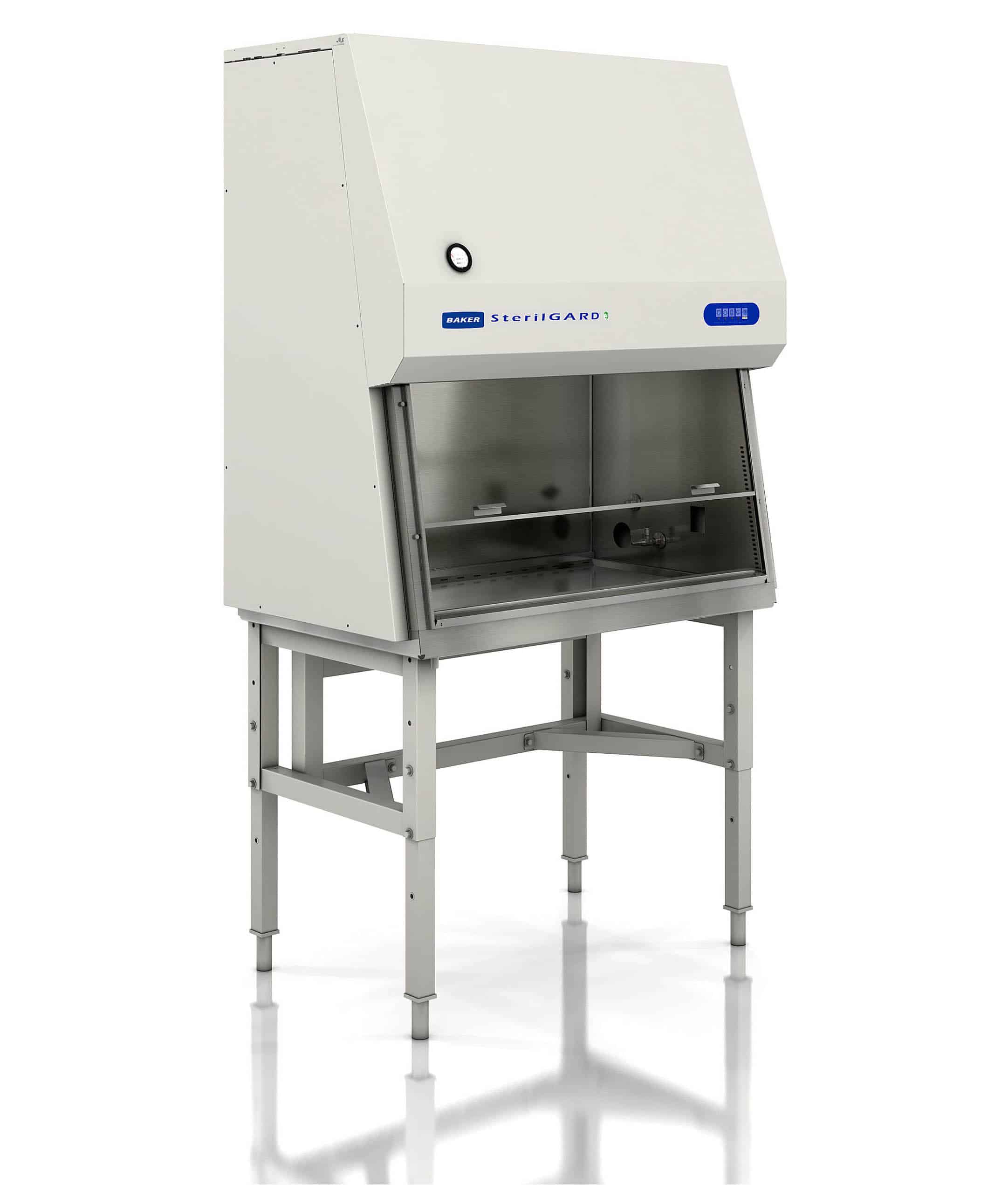Digital hotplates are a staple instrument in a scientific laboratory. They are used to heat and stir liquid samples in various applications and are designed to offer accuracy, precision, and ease of use. Different types of hotplates are available, so it is essential to understand the benefits of choosing a digital hotplate over some of the more traditional options. As a brief overview, digital hotplates provide digitized controls for temperature and mixing speeds and come with digitized safety measures such as overheat protection and automatic shut-off. This blog post will provide further information about the benefits of a digital hotplate and what to consider when choosing one.
Advantages of Using a Digital Hotplate
There are many reasons why a digital hotplate is favored over traditional instruments, which include display panels for easy reading of results, safety measures that improve laboratory processes, and many others. Additionally, a digital hotplate does not require an open flame, which in and of itself can have numerous health and safety benefits.
Other critical advantages of a digital hotplate include the following:
- Temperature control for specific experiment requirements
- Safety features such as automatic shut-off, LED safety lights, and slow rotation
- Ease of use with increased visibility of samples and reduced chances of spills and leaks
- Versatility and flexibility as these hotplates can be used in a range of applications
- Accuracy and precision over temperature and stirring settings, including pre-programmed settings
These advantages make digital hotplates an ideal solution for many laboratory applications, such as heating solutions for chemical reactions, incubation of cell cultures, dissolving solids, extraction and purification of compounds, and heating and stirring liquids for a wide range of purposes.
Factors to Consider When Choosing a Digital Hotplate
As digital hotplates can be expensive laboratory items, there are several factors worth considering before you make your purchase to ensure you choose the most suitable instrument. These factors include the temperature range, plate size, safety features, and the manufacturer’s reputation.
Temperature Range
The temperature range must be suitable for your experimental needs, including both minimum and maximum temperatures. The uniformity of temperature is also worth considering, and the importance of this will depend on your applications.
Plate Size and Material
Some plate types offer different properties. For example, a ceramic plate provides better chemical resistance, whereas an aluminum plate offers better uniformity. The size of a plate can impact temperature uniformity, thermal conductivity, and durability.
Safety Features
A good quality digital hotplate should be fitted with various safety features. This should include automatic shut-off, over-temperature protection, and a spill-resistant design to ensure lab workers are kept safe and experiments can run as accurately as possible. In addition, hotplates should be easy to use in terms of design, controls, and interface.
Other aspects worth considering include the brand reputation, durability, capacity, and what controls and software are available with a specific hotplate. Many of these factors can vary depending on the experiments that will be performed.
ARES Scientific and Our Products
ARES Scientific provides a range of laboratory and medical products to clients worldwide. We offer value-added services before, during, and after any sale and are committed to building long-term business relationships with our clients. Our product range includes a selection of hotplates and stirrers, including the Benchmark Digital Hotplate Stirrer, commonly used in scientific laboratories.
The benchmark digital hotplate stirrer is manufactured with a large ceramic top plate and advanced microprocessor controls, which are supported by a continuous monitoring system for rapid heating and temperature controls. This product enables efficient mixing for large-volume samples and mixing speed and temperature control functions. Other key features include:
- LED hot surface safety light
- 5L stir capacity
- External probe for direct feedback
- Powerful motor drive system for efficient mixing
- Operating temperature range of +4 to +65°C
To learn more about our scientific hotplates or other benchtop products, contact a member of ARES Scientific today.


